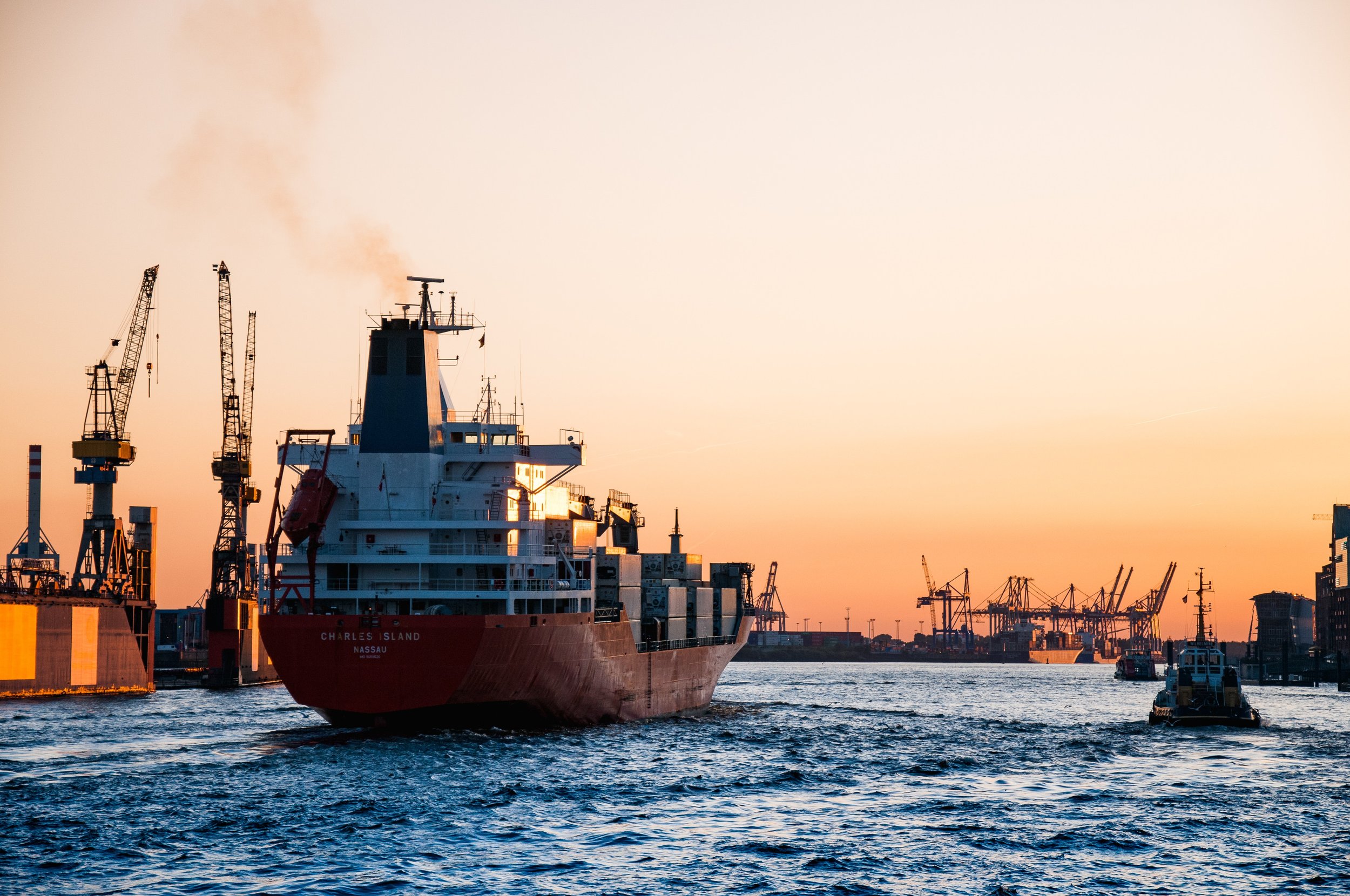EU starts the first carbon border tax in the world
Brussels plans to put CO2 emissions taxes on imports like steel and cement that use a lot of carbon.
As part of its plan to become a climate-neutral region, the EU started the first step of an emissions tariff scheme on Sunday. Steel, aluminium, cement, and fertilizers will be taxed when they come into the EU.
During the first phase, which lasts until 2026, Brussels does not plan to charge any fees at the border for CO2 emissions. Until then, the system will collect information about goods that use a lot of carbon.
EU importers must now report the greenhouse gas emissions from making iron, steel, aluminium, cement, power, fertilizers, and hydrogen they bring into the EU.
They will have to buy certificates to cover this CO2 pollution starting on January 1, 2026; this will eventually make the final price of goods imported by the bloc more expensive, making them less competitive than goods made in the bloc itself.
The Carbon Border Adjustment Mechanism is meant to stop more polluting goods from other countries from hurting the green transition. The measure could protect local producers from losing out to foreign rivals while they invest in meeting EU goals to cut the bloc's net emissions by 55% compared to 1990 levels by 2030.
Germany tells the EU about a "dangerous" green plan
Paolo Gentiloni, the European Economy Commissioner, says that the new policy is also meant to support a shift toward greener production worldwide and stop EU producers from moving to countries with less strict environmental laws.
Some of the bloc's biggest trading partners have already said the system hurts free trade. It has also made trade problems between Brussels and Washington worse. Earlier this year, Washington asked that US steel and exports not be taxed.

